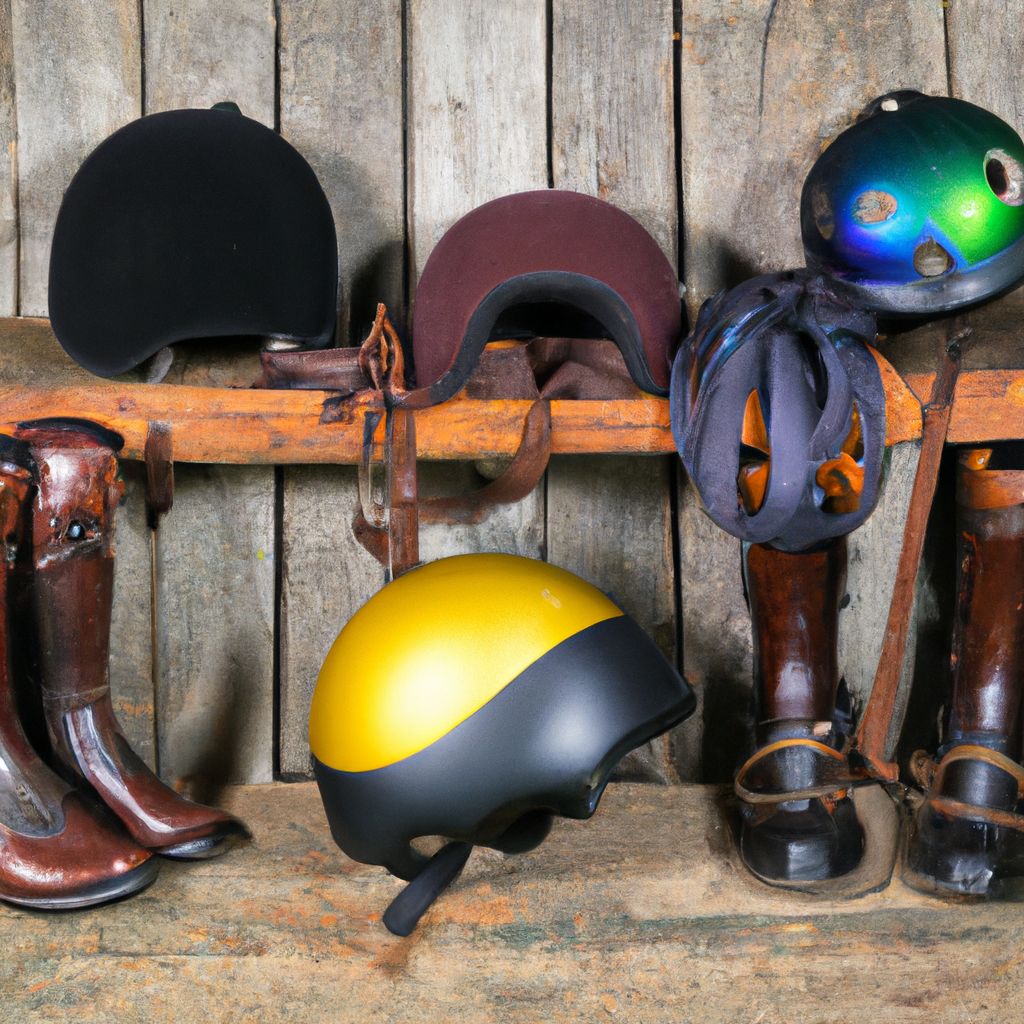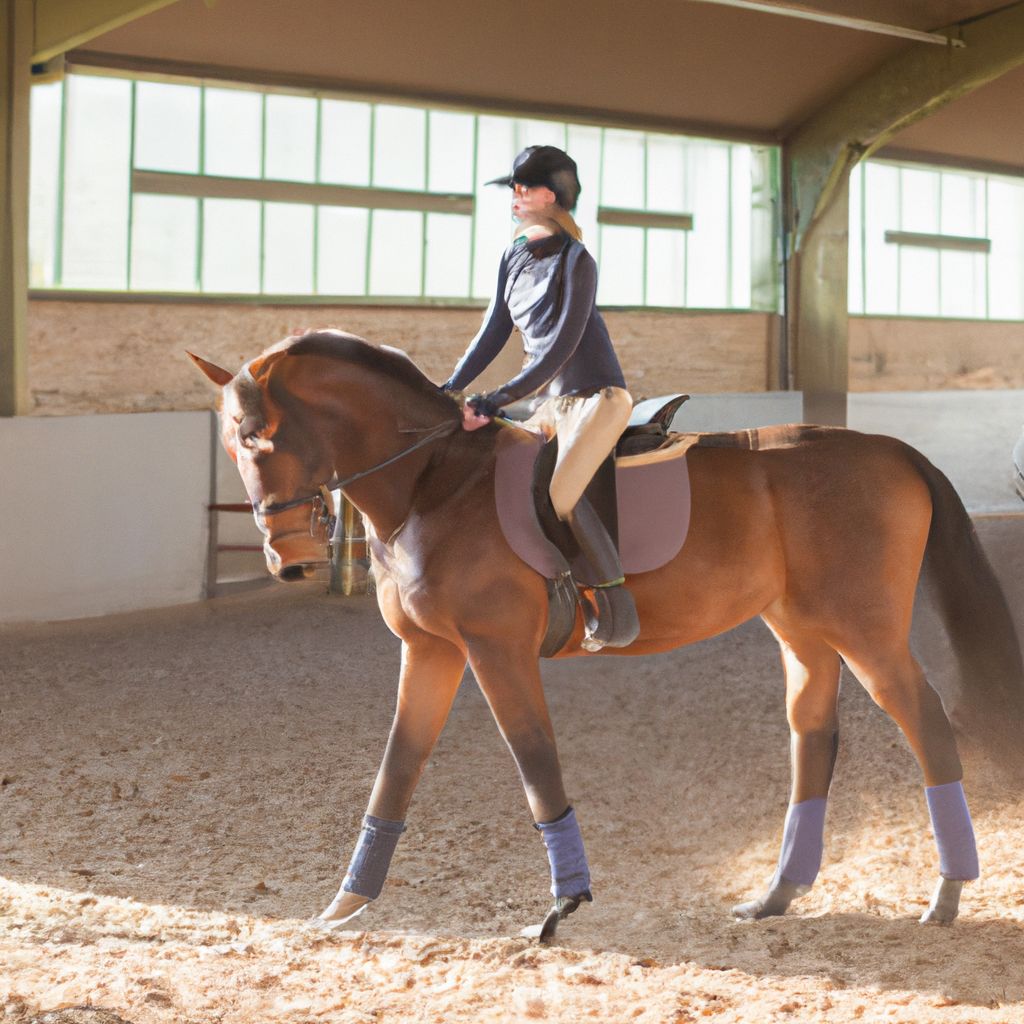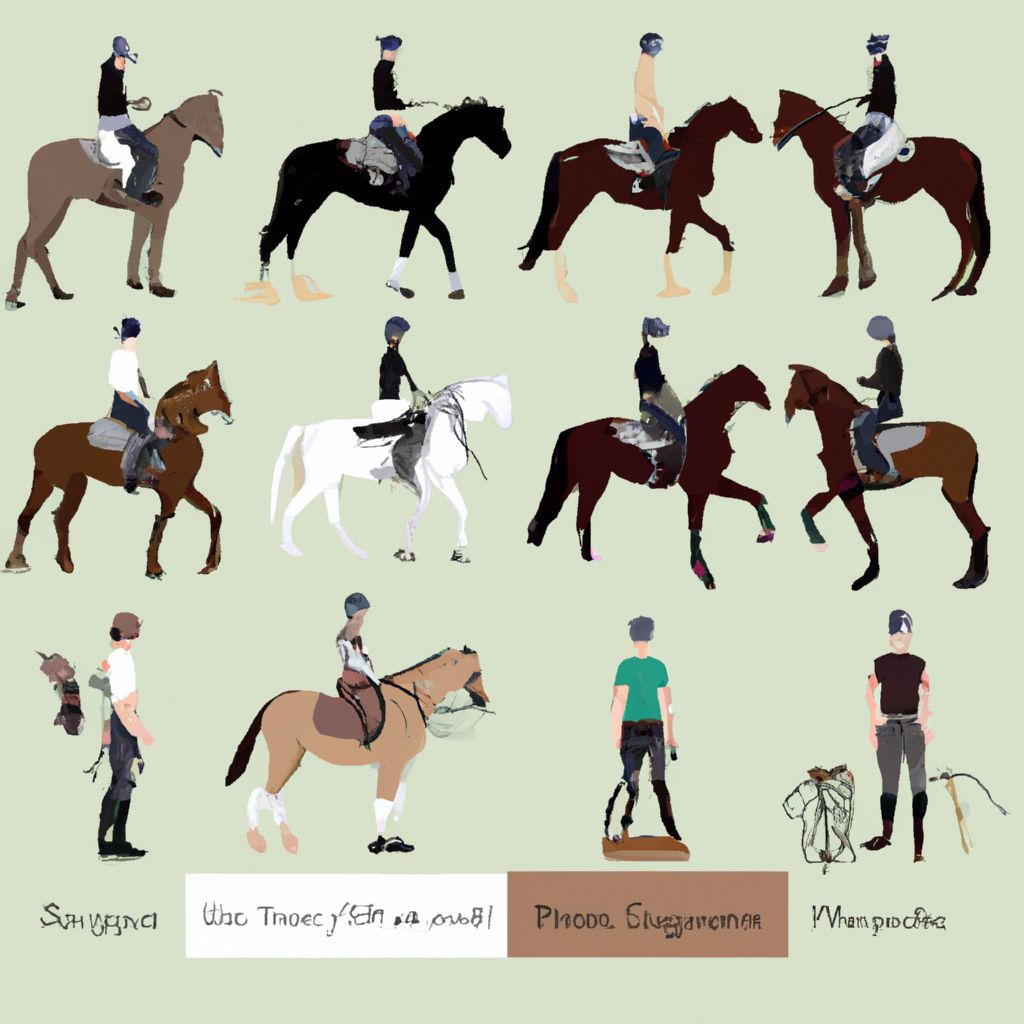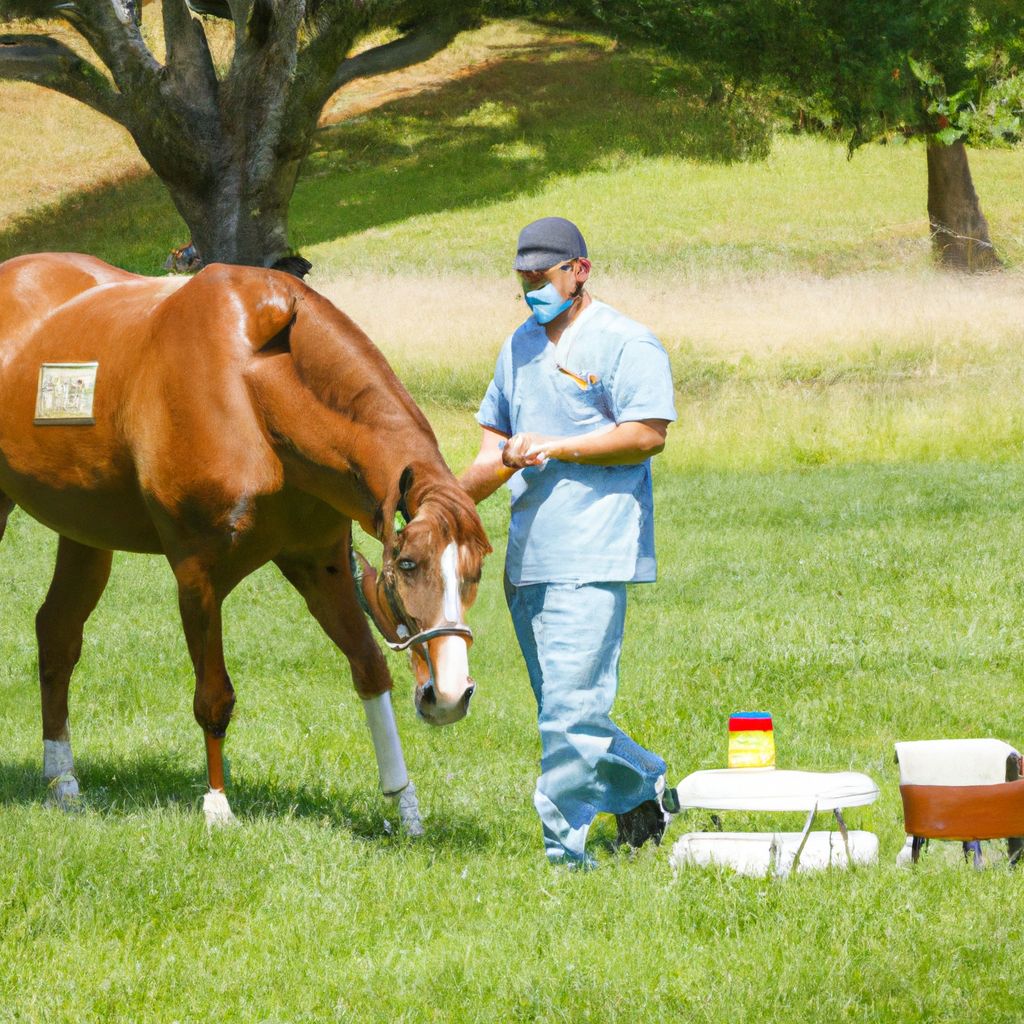- Introduction to Horse Riding
- Understanding the Horse
- Equipment and Gear
- Basic Horse Riding Skills
- Advanced Horse Riding Techniques
- Horse Riding Styles and Disciplines
- Maintaining Horse Health and Well-being
- Conclusion: The Journey to Mastery
Introduction to Horse Riding

Welcome to the world of horse riding, a sport and activity that unites humans and horses in a bond of mutual respect and cooperation. Horse riding has been an integral part of human culture for thousands of years, from serving as a mode of transportation in ancient times to becoming a celebrated sport and recreational activity in the modern age.
Historical Significance of Horse Riding
Horse riding, also known as equestrianism, played a crucial role in the development of civilizations. It allowed early humans to travel long distances, hunt more efficiently, and even wage wars. The domestication of horses is considered one of the most significant achievements in human history.
Riding styles have evolved over the centuries, reflecting the practical needs and cultural influences of different societies. These styles can broadly be classified into two categories: Western and English riding.
English vs. Western Riding Styles
| English Riding | Western Riding |
|---|---|
|
|
Regardless of the style, horse riding offers numerous benefits. It's not only a fun and exciting activity, but also a form of exercise that enhances physical fitness. Riding helps improve balance, coordination, strength, and flexibility. Additionally, it fosters mental well-being by reducing stress and promoting a sense of freedom and connection with nature.
Beyond these physical and mental benefits, horse riding also offers opportunities for social interaction and professional competition. It fosters a community spirit among riders and encourages a sense of responsibility and care for animals.
Understanding the Horse

Understanding a Horse's Behavior and Body Language
Learning to ride isn't just about mastering the skills; it's about understanding your horse. Horses are intelligent, social creatures with their own unique behaviors and body language. Recognizing these signals can help establish a stronger bond between rider and horse, leading to a safer and more enjoyable riding experience.
A relaxed horse will typically have a level head, ears that move freely, and a calm, smooth tail. On the other hand, a horse that's scared or agitated might raise its head, pin its ears back, and swish its tail vigorously. Learning to read these signs can help you gauge a horse's mood and respond appropriately.
Approaching a Horse
Knowing how to approach a horse is also crucial. Always approach from the side, rather than the front or rear, to avoid startling the animal. Speak softly as you approach and extend your hand for the horse to sniff. This allows the horse to become familiar with your scent and signals your peaceful intentions.
Grooming and Feeding
Proper grooming and feeding are essential aspects of horse care. Grooming not only keeps the horse's coat, mane, and tail clean, but also promotes blood circulation and provides an opportunity to check for injuries or abnormalities. Use a curry comb, body brush, and hoof pick for thorough grooming. Remember to brush in the direction of the hair growth and to clean the hooves regularly.
Grooming should be a positive experience for the horse. Always be gentle and take this time to bond with your horse.
When it comes to feeding, horses require a balanced diet of forage (grass and hay), grains, and plenty of fresh water. Depending on the horse's age, workload, health status, and the climate, specific nutritional needs can vary. It's always best to consult with a veterinarian or an equine nutritionist to ensure your horse's dietary needs are adequately met.
Understanding and caring for a horse deepens the bond between rider and horse, and it results in a more harmonious and safe riding experience.
Equipment and Gear

Horse Riding Equipment and Gear
The right equipment and gear are critical to horse riding. They ensure the rider's safety, aid in communication with the horse, and enhance the overall riding experience. Here, we will discuss some of the essential horse riding equipment, their uses, and how to choose them.
Saddles
The saddle is one of the most important pieces of horse riding equipment. It provides a comfortable seat for the rider and helps distribute the rider's weight evenly across the horse's back. There are different types of saddles, including English, Western, and Dressage saddles, each designed to support specific riding styles.
Choosing the right saddle involves considering several factors, such as the rider's size, the horse's anatomy, and the intended use. It's crucial to ensure that the saddle fits both the rider and the horse properly to avoid discomfort and potential health issues.
Bridles
A bridle, which includes a headstall, bit, and reins, is used to control and direct the horse. The bit sits in the horse's mouth, and the rider uses the reins to give signals or cues. Again, there are various types of bridles, such as snaffle bridles and curb bridles, each with its unique characteristics.
When selecting a bridle, consider the horse's comfort and the type of riding you'll be doing. It should fit snugly but not too tight, and the bit should be the correct size for the horse's mouth.
Riding Boots and Helmets
For the rider's safety and comfort, riding boots and helmets are essential. Riding boots provide foot protection and prevent the foot from slipping through the stirrup. They come in different styles, including tall boots, paddock boots, and Western boots. Choose a boot that fits well, provides good ankle support, and suits your riding style.
A riding helmet is a non-negotiable piece of safety equipment. It protects the rider's head in case of falls or accidents. Helmets should meet safety standards, fit snugly without being too tight, and be comfortable to wear.
Remember, the right gear is an important part of horse riding and can significantly contribute to the safety, comfort, and enjoyment of your riding experience.
Basic Horse Riding Skills

Foundational Horse Riding Skills
Learning to ride a horse involves mastering several foundational skills. These basic skills set the groundwork for more advanced riding techniques and ensure a safe and enjoyable riding experience. Let's take a look at some of these essential skills.
Mounting and Dismounting
The first step in riding a horse is learning to mount and dismount correctly. To mount, position yourself on the horse's left side, place your left foot in the stirrup, and use the saddle horn or pommel to pull yourself up. Swing your right leg over the horse's back and gently settle into the saddle. To dismount, swing your right leg back over the horse and carefully slide down the left side.
Holding the Reins
Controlling the reins is an important skill for directing the horse. Hold the reins in both hands, with your thumbs on top and fingers closed around them. The reins should be held firmly but not tightly, allowing you to give clear signals to the horse without causing discomfort.
Controlling Speed and Direction
Basic control of the horse involves learning to start, stop, and steer. To ask the horse to move forward, gently squeeze your legs against the horse's sides. To stop, sit deep in the saddle and apply a gentle backward pull on the reins. Steering or turning involves a combination of leg, seat, and rein aids.
Safety Precautions
While horse riding is an enjoyable activity, it's essential to always prioritize safety. Always wear appropriate gear, including a helmet and boots. Maintain a balanced position in the saddle, with your heels down and eyes forward. Avoid sudden movements or loud noises that could startle the horse. Always ride at a pace that's comfortable for both you and the horse, and never ride alone, especially if you're a beginner.
With these basic skills and safety precautions in mind, you're well on your way to becoming a proficient horse rider. Remember, horse riding is a journey, not a destination. Enjoy the process of learning and growing with your horse.
Advanced Horse Riding Techniques

Advanced Horse Riding Techniques
Once you've mastered the basics of horse riding, you can start to explore more advanced techniques. These techniques often involve higher speeds, more complex movements, and a deeper level of communication and understanding between horse and rider. Let's delve into some of these advanced skills.
Trotting
Trotting is a two-beat gait that's faster than a walk but slower than a canter. The horse moves its legs in diagonal pairs, providing a smooth, rhythmic motion. The rider typically rises and falls with the horse's movement in a technique known as "posting."
Cantering and Galloping
Cantering is a three-beat gait that's faster than a trot but slower than a gallop. The rider needs to maintain a secure seat and use subtle shifts in body weight to cue the horse. Galloping, the fastest gait, involves all four of the horse's feet leaving the ground simultaneously. It requires a high level of skill and control from the rider.
Jumping
Jumping is an advanced riding technique often seen in show jumping and eventing. It involves the rider guiding the horse over jumps of varying heights and complexities. The rider needs to maintain balance, timing, and control to successfully navigate the jumps and ensure the safety of both horse and rider.
Training Process and Safety Precautions
Learning these advanced techniques involves a gradual, structured training process. Each skill builds on the last, so it's important to master each stage before moving on to the next. Professional instruction and regular practice are key to progressing safely and effectively.
As always, safety should be the top priority when riding. Always wear appropriate safety gear, including a helmet, and ensure your equipment is in good condition. Be aware of your horse's fitness and comfort levels, and never push the horse beyond its capabilities. Remember, effective communication and mutual respect between horse and rider are the foundation of successful horse riding at any level.
Horse Riding Styles and Disciplines

Horse Riding Styles and Disciplines
Horse riding encompasses a wide range of styles and disciplines, each with its unique characteristics and skill requirements. Let's take a closer look at some of the most popular forms of horse riding: Western, English, Dressage, and Eventing.
Western Riding
Western riding originated from the riding techniques used by cowboys in the American West. It's characterized by the use of a larger, more comfortable saddle and a loose rein style. Western riding includes several disciplines, such as reining, cutting, and barrel racing, each requiring specific skills such as quick directional changes and high-speed maneuvers.
English Riding
English riding traces its roots back to European military and court traditions. This style is known for its close contact saddle, which allows for a greater range of horse movement. English riding encompasses several disciplines such as show jumping, hunt seat, and eventing, requiring precise control, agility, and strong communication between horse and rider.
Dressage
Dressage, often described as the ballet of horse riding, is a discipline of English riding. It involves performing a series of predetermined movements, known as a test, in a standard arena. Dressage requires a high level of training and harmony between horse and rider, with an emphasis on precision, smoothness, and elegance.
Eventing
Eventing, also known as horse trials, is a three-phase competition that includes dressage, cross-country, and show jumping. It's often considered the ultimate test of horse and rider, demanding a unique blend of precision, endurance, and bravery. Eventing requires comprehensive training and a versatile skill set.
Each of these riding styles and disciplines offers unique challenges and rewards. Regardless of the style you choose, it's essential to receive proper training and instruction, practice regularly, and always prioritize safety and the welfare of your horse.
Maintaining Horse Health and Well-being

Maintaining Horse Health and Well-being
As a horse owner or rider, one of your primary responsibilities is to ensure the health and well-being of your horse. This involves regular veterinary care, proper nutrition, and adequate exercise. In addition, it's crucial to be aware of common health issues in horses and how to prevent them.
Veterinary Care
Regular veterinary check-ups are vital for monitoring your horse's health. Routine care typically includes vaccinations, deworming, dental care, and hoof care. Regular health checks can help detect potential issues early and prevent them from becoming serious problems.
Nutrition and Exercise
Proper nutrition is fundamental for maintaining a horse's health. A balanced diet should include high-quality forage, grains, and plenty of fresh water. The exact nutritional requirements can vary based on factors such as age, work load, and health status, so it's best to consult with a veterinarian or equine nutritionist.
Regular exercise is also crucial for a horse's physical and mental health. It helps maintain a healthy weight, promotes good digestion, and can help prevent behavioral issues. Exercise should be appropriate for the horse's age, fitness level, and discipline.
Common Health Issues and Prevention
Common health issues in horses include colic, lameness, respiratory problems, and skin diseases. Preventive measures include regular veterinary care, proper nutrition, regular exercise, and good stable management practices, such as providing a clean and safe living environment.
In conclusion, maintaining a horse's health and well-being requires a comprehensive approach that includes professional care, proper diet and exercise, and a keen awareness of the horse's behavior and physical condition. Remember, a healthy horse is a happy horse, and a happy horse makes for a happy rider.
Conclusion: The Journey to Mastery

The Journey to Mastery
Mastering horse riding is a journey that demands time, patience, and dedication. It's about more than just learning skills and techniques; it's about developing a deep understanding of and bond with your horse. It requires continuous learning, consistent practice, and an unwavering commitment to the welfare of your horse.
Remember, horse riding is not just a sport or hobby; it's a partnership between horse and rider. This partnership is built on trust, respect, and mutual understanding. Every step you take in this journey brings you closer to your horse and deepens this bond.
So embark on this journey with an open mind and heart. Embrace the challenges, celebrate the victories, and learn from the setbacks. Enjoy every moment, from the quiet mornings at the stable to the exhilarating gallops in the open field. This journey to mastery is, in truth, a journey of friendship and growth.
As you continue on your path to horse riding mastery, remember the words of Winston Churchill:
"There is something about the outside of a horse that is good for the inside of a man."
So go ahead, saddle up, and enjoy the ride!







